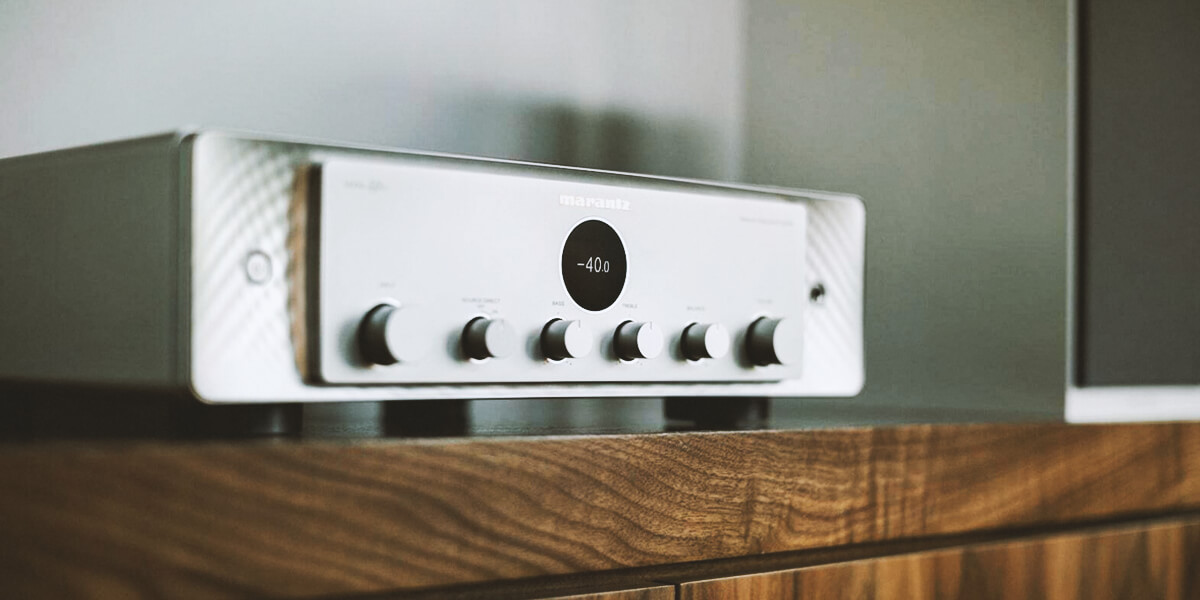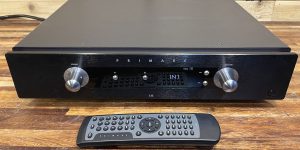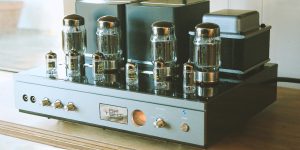Since you are here, it means you are going deeper into the knowledge of sound quality. Yes, you are right. It depends a lot on the classes of audio amplifiers. A modern integrated amplifier is a versatile device with many connection functions (unlike the old ones). However, it still performs its primary role: to amplify the signal with minimal distortion (ideally, without it). You probably pay attention to the description of any model you can meet marks about, such as A, A/B, G and H, and D, which denote types of the amplifier by their basic capabilities, which ultimately characterize the final result – the sound. And in this article, I will tell you about each amp class to make it easier for you to choose when buying.
Class A
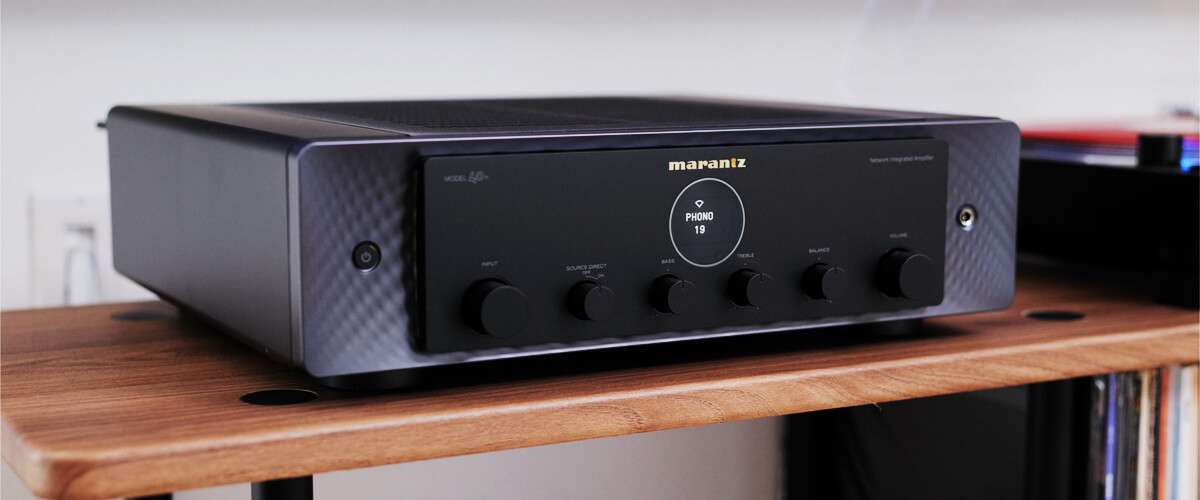
Representatives of this Class are simple and efficient. Class A is considered the gold standard. You can often find this definition, which provides clean output power. Such a device’s operation principle is defined by conducting the signal throughout the signal cycle (360 degrees), thus virtually eliminating distortion. They come in Single-ended, and Push/pull (forced pull) modifications, and the second type here distributes the signal to pairs of output devices, where one takes more load than the other for the positive and negative parts of the cycle. In general, this makes the signal even cleaner.
As for the main drawback of such an amplifier, it never stops the operation of its output devices, keeping them under constant voltage even at rest. That is, the power consumption continues when the amplifier is at zero when it is not outputting an audio signal. As a result, Class A output power has a low efficiency (efficiency), ranging from 15-30%. Consequently, much energy is converted into heat, and power consumption is off the charts. Also (or rather, because of that), they are large and heavy.
Class B
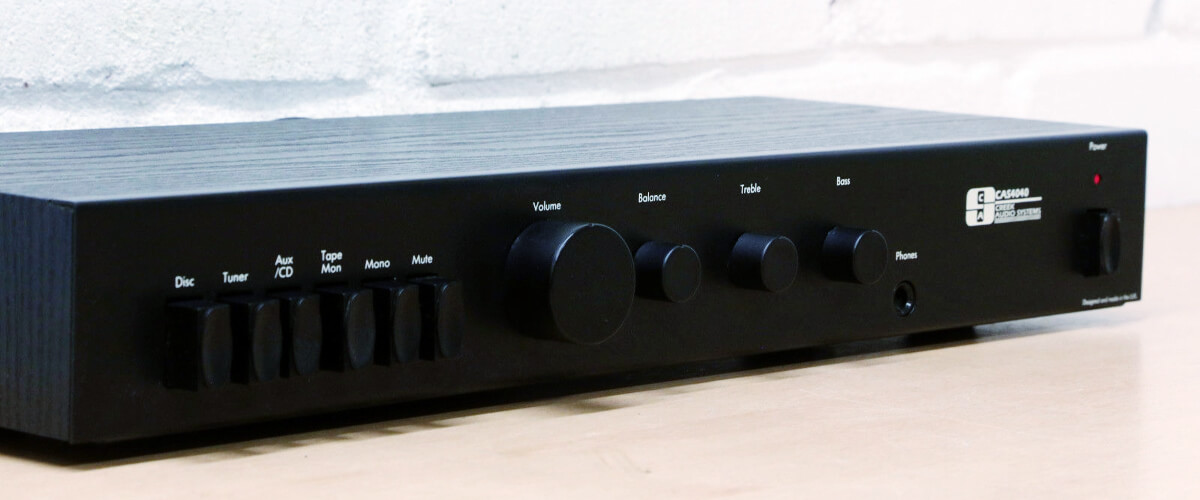
So, if you thought that Class B considered the shortcomings of a Class A amplifier, you are right. The efficiency of this Class B amplifier has increased as much as 70% (and often as much as 78%). It was because the output devices in it work on the Push/pull principle, but in this case, dividing the work of the devices, not just in pairs. That is, only half of them work at any given time, covering the positive and negative 180-degree parts of the cycle.
But don’t get too excited. In this case, the developers “cured” one defect and “gave” the amplifier another “disease” called crossover distortion. In other words, it is a delay in signal transmission between devices, which is frankly audible. So I think that it will not come as a surprise that the representatives of this Class have not gained popularity.
Class AB

It is not difficult to guess that this modification considered the pros and cons of both of the above, and their advantages were combined. The advantage has been achieved by using the effective Push/pull circuit; the cycle of the output device has been increased to almost 200 degrees (from 181). With this operation, there is virtually no gap between audio feed operations, eliminating crossover distortion.
Depending on certain circumstances, Class AB amplifiers can achieve 50 to 70% efficiency, resulting in a clean sound that almost reaches Class A levels. You can even achieve full Class A performance by increasing the power, although this will reduce the efficiency, but not to a critical degree, and will generate less heat. Class AB can be found in many Premium amplifiers.
Class G and H
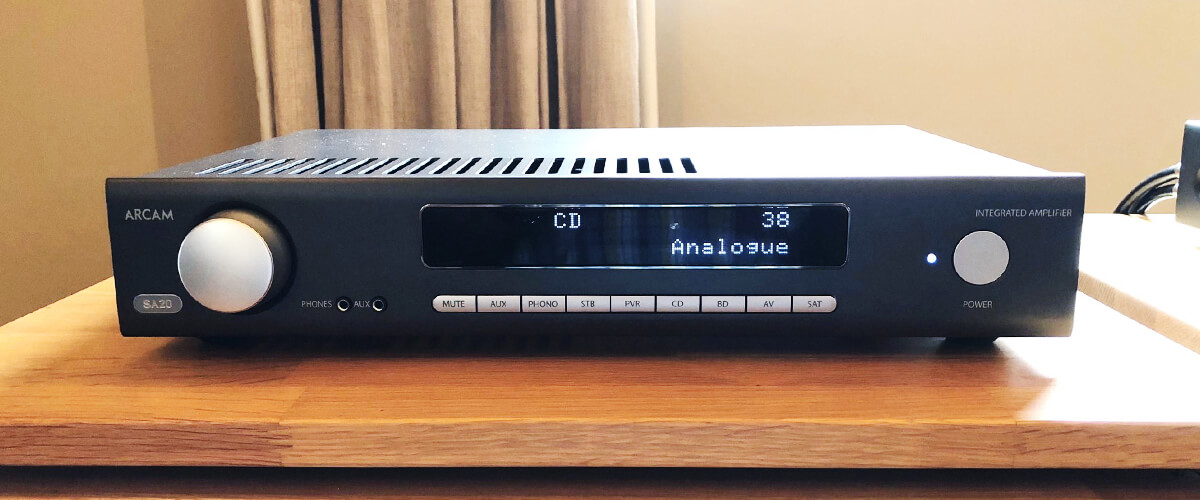
As we move along the trajectory of improving the qualities of amplifiers according to their Class, the representatives of these two represent an upgrade of the previous AB. These amplifiers have greatly reduced power consumption and increased efficiency through voltage bus switching and modulation. How does it work? The voltage is supplied in the amount the system requires (low or high), depending on the transients (low-amplitude or high-amplitude). In turn, this means using more output devices compared to Class AB.
The only disadvantage of Class G and H is their price. After all, these are complex designs using bipolar transistors. Today, however, bipolar transistors are increasingly being replaced by high-current MOSFETs, reducing the price but not making the amplifiers affordable. So it is easy to see that Class G and H are the prerogatives of high-power Premium amplifiers.
Class D
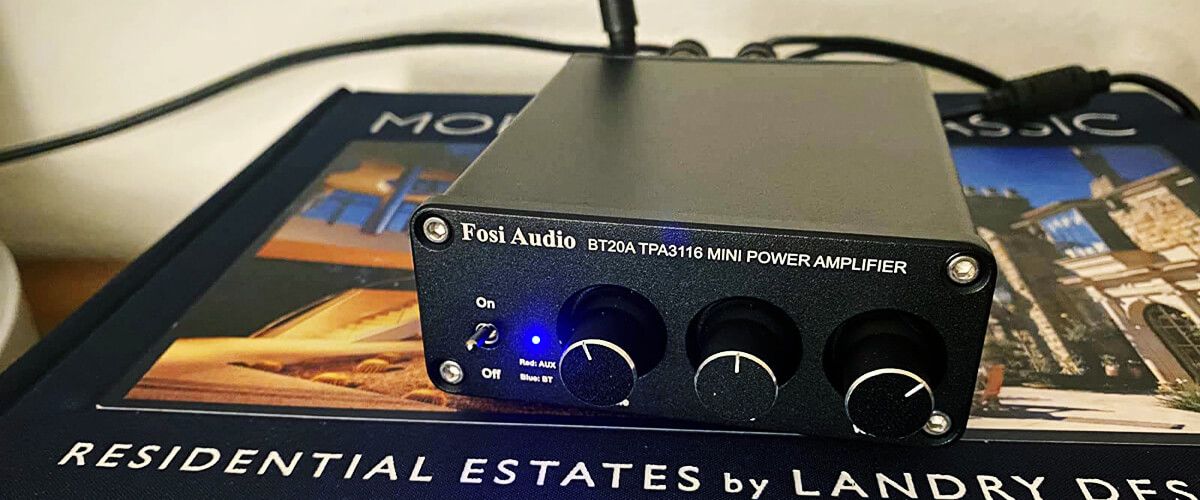
This class of amplifiers has an efficiency of over 90%. Beautiful, isn’t it? It is achieved because, unlike Class A and AB, which do not stop their output devices even when there is no signal, this variant uses pulse width modulation, which provides fast switching between on and off output devices. Accordingly, the heat dissipation of Class D amplifiers is very low because the power loss is minimal. And the SMPS switching power supply can maximize efficiency (although, in reality, 100% efficiency is unattainable). All these factors combine to make Class D amplifiers compact and lightweight.
It is not without its drawbacks, however. These amplifiers are inferior to Class A amplifiers: they have poor power margins and suffer in high frequencies and overall sound quality, which is highly dependent on speaker impedance. Nevertheless, time is of the essence, and manufacturers are improving their products each time, achieving the cleanest sound possible in some Class D Premium amplifiers. Note that these amplifiers are often mistakenly called digital amplifiers.
Conclusion
I hope the amplifier classes explained in this article have given you a general understanding of the advantages and disadvantages of each, which essentially boil down to amplifier efficiency and price. In the end, sound quality is influenced by many components, and the amplifier is only one of them. Whether you choose the cleanest, heaviest amplifier and use it as a heater simultaneously or spend all your savings on a compact but flawed one is your decision. Having a lot of testing experience, I can only assert that in any class, the most decent representatives are worth your attention.

